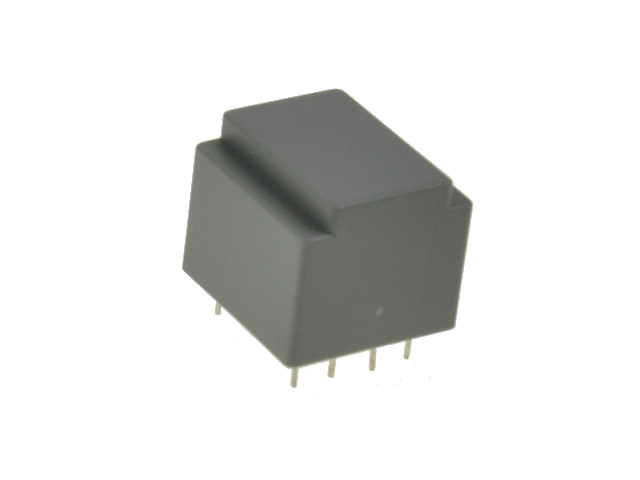1
Repair / Re: Mig welder wire feeder controller board not working
« Last post by TERRA Operative on Today at 06:00:17 am »there has got to be a better filter then a foam ear plug. maybe a fine nylon brush?
its such a dodgy construction worker hack
I don't like it because theoretically something can get stuck in the foam and scratch up the wire, and it can soak up grease and smear it on etc. I feel like a nylon brush would brush off debris and result in cleaner wire
there must be a more professional engineering solution to this using better hardware
The 'official' way is a lightly oiled felt 'slug' held on with a metal clip.
https://www.google.com/search?q=mig+wire+cleaner&udm=2
Thank you so much. I did not expect this sort of information to be available. When I bought this welder new I did not even get a manual with it.
I think i should be able to do something now, probably let the magic smoke out somewhere.
The benefit of buying a quality brand instead of a cheap Chinese no-name import.

And I archived all the manuals from when I was in the welding and cutting equipment repair game.



 Recent Posts
Recent Posts



